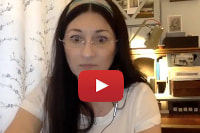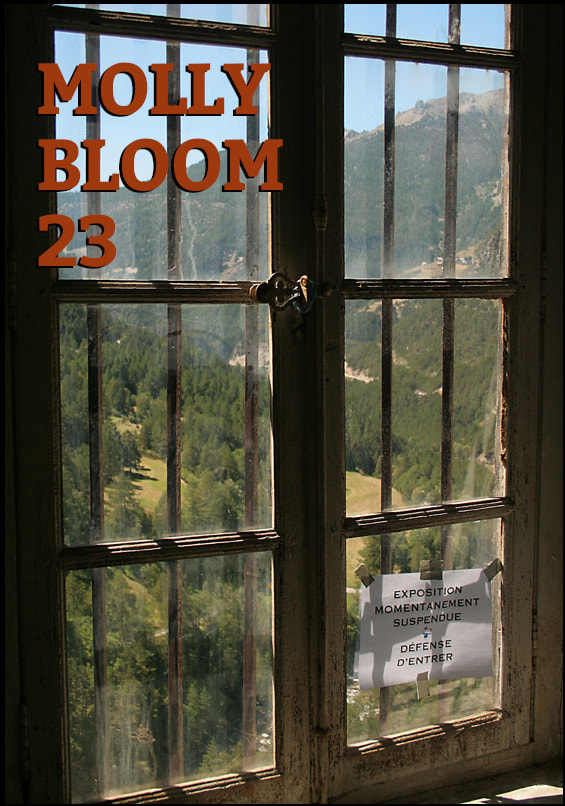|
How, if at all, have Covid-19 and associated measures from lockdown down affected the way you write (or read) poetry? Maybe you’re tired of being asked that question. You don’t have to answer it. My honest answer, I thought, was “not at all”. And then I remembered my piece, shortly to appear in Long Poem Magazine, ‘Love In The Time of Coronavirus’ (OK, maybe not such a good title as it first seemed, or at least hardly unique). But even that, though the subject – or one of the subjects – has an obvious topicality, is not the product of any different way of writing. And I don’t think I’ve been writing much more, or less, than usual.
It seems some people have been simply churning out poems, though, if the sheer number of submissions received for this issue of Molly Bloom is anything to go by. Or maybe after nearly eight years of publication the magazine has suddenly broken through to a bigger readership – or writership. Whatever the reason, MB23 is the product of a much bigger emailbag than any previous edition. That has meant having to disappoint more friends than ever before, though by a curious quirk which I noticed only while putting the finishing touches to the running order, those making their first appearance in the magazine outnumber by only one those appearing here for either the fourth or fifth time. By happenstance, not design, it’s all text this time – no image, audio or mixed media files – but I hope you’ll agree that the standard remains as high as ever. 
• Meanwhile, Molly Bloom is branching out in a new media direction, following this year’s unavoidable trend, the Zoom reading.
The first Molly Zoom event, on August 25th, featured outstanding readings by Molly Bloom favourites Maria Stadnicka and Kelvin Corcoran (plus me), and can be viewed now on YouTube here. The second, on Tuesday, 6th October, featured Jessica Mookherjee, Nancy Gaffield (two Molly Bloom appearances each) and Alan Baker (four appearances); the third, on 10th November with Rhea Seren Phillips, Helen Moore and Drew Milne: those are now also available on Molly Bloom's YouTube channel. • One side-effect of the unprecedented number of submissions to this issue is what appears to be an unhappy gender bias in the list of contributors’ names in the menu. This is not an indication of any prejudice on my part but simply because the predominance of male writers among those submitting was even greater this time than usual. In fact, a disproportionate number of the contemporary poets I most admire happen to be women, yet only three of Molly Bloom’s 23 issues to date (25 including the two original print issues) have included work from more women than men, and the overall balance is over 60% male. I don’t believe there are more men than women writing poetry, so perhaps it’s a matter of relative sense of entitlement, self-promotion versus self-effacement. I know I am not the only editor to have noticed, or to regret, this imbalance. The next issue of Molly Bloom (January 2021) will be by invitation only. In the meantime, stay safe, stay sane, and carry on reading (and writing) poetry. Aidan Semmens, editor, September 2020 |
Molly Bloom 23

